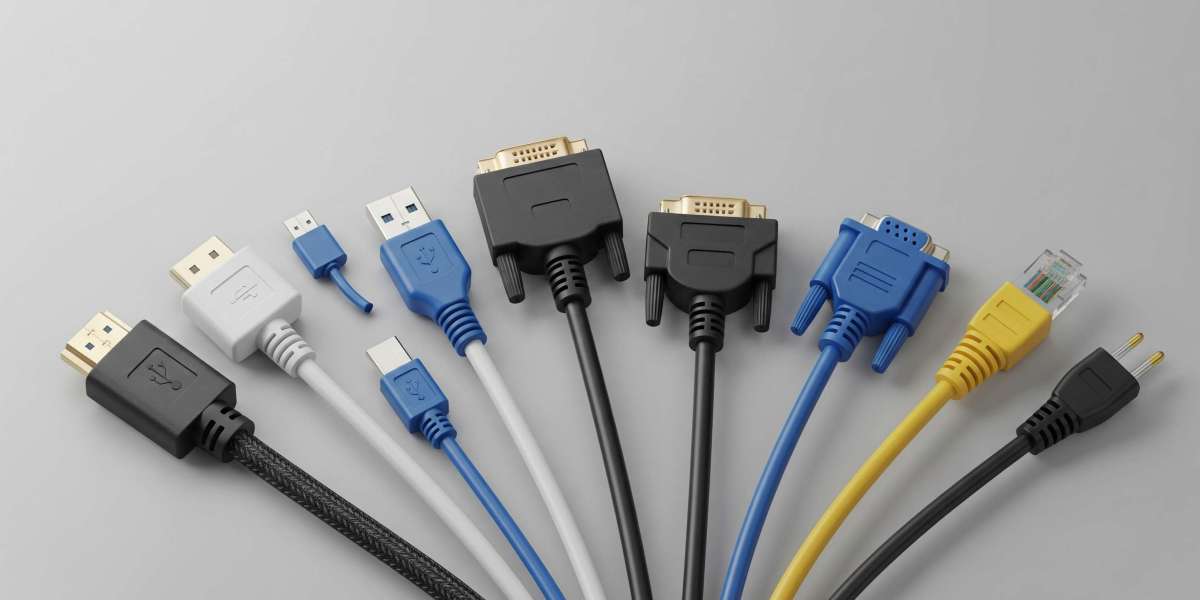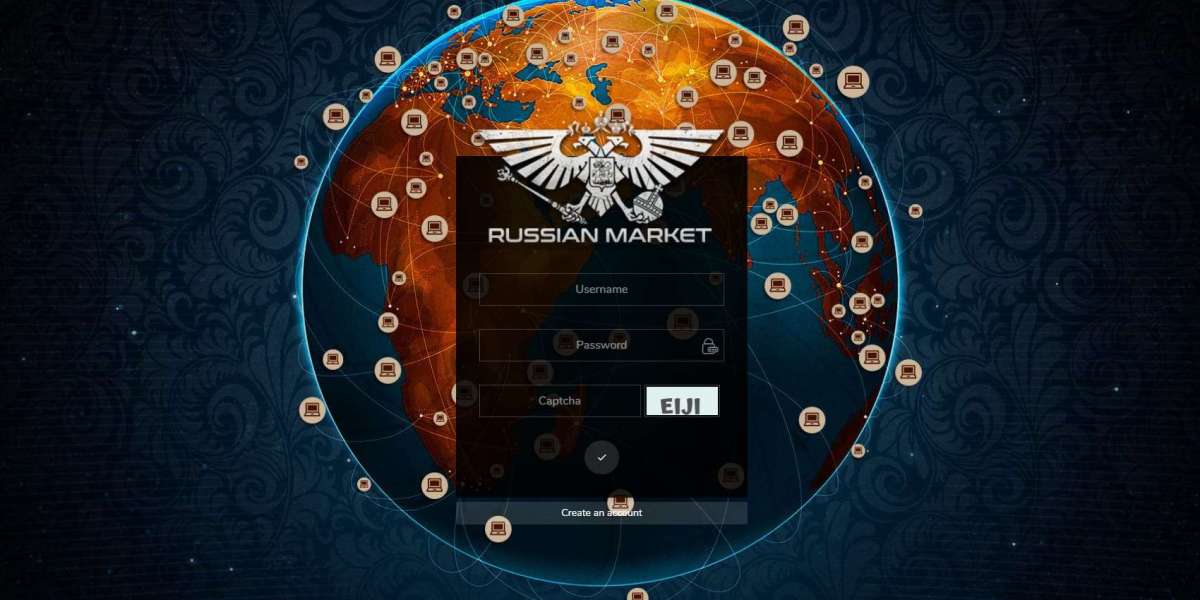Computer cables are the special wires that connect your devices—like your computer, monitor, keyboard, and internet router. Without these cables, your gadgets couldn’t talk to each other or work properly. There are many types of computer cables, each with its own job.
In this blog, we will explore the main types of computer cables using simple words, so anyone—even a 12-year-old—can understand. We will also give the exact answer to how many types there are in one clear paragraph.
1. USB Cables (Universal Serial Bus)
USB cables are the most common computer wires you use every day. They connect computers to things like keyboards, mice, printers, cameras, and phones. A standard USB cable, often called USB Type-A, has a flat, rectangular plug that fits into USB ports on your computer.
There are several USB types:
USB-A: The classic, rectangular plug.
USB-B: Square shape, mostly used for printers.
USB-C: Small, oval-shaped, reversible plug that carries data and power faster.
Mini USB and Micro USB: Smaller plugs used for older phones and gadgets.
USB cables transfer data and can charge devices too.
2. HDMI Cables (High-Definition Multimedia Interface)
HDMI cables carry both video and audio signals in one wire. They connect your computer to monitors, TVs, or projectors to show videos and play sounds.
This cable delivers clear and sharp images and is very common with modern devices.
3. Ethernet Cables
Ethernet cables connect your computer to the internet via a wired connection. They have a plug called RJ45 that looks like a big phone plug.
These cables come in different types like Cat5e, Cat6, and Cat6a, supporting different speeds.
Using Ethernet cables ensures a fast and steady internet connection, better than Wi-Fi for some tasks.
4. VGA Cables (Video Graphics Array)
VGA cables are older cables used to connect computers to monitors. They carry analog video signals, which can look less sharp than HDMI or DVI.
They have a blue connector with 15 pins and are still found on some older devices.
5. DVI Cables (Digital Visual Interface)
DVI cables send digital video signals and offer better picture quality than VGA.
They are often white or cream-colored and come in different types depending on whether they carry analog or digital signals.
DVI is popular for computer monitors, especially in gaming and graphics.
6. DisplayPort Cables
DisplayPort cables look similar to HDMI and are used in computers for high-quality video and audio.
They support very high resolution and refresh rates, great for gaming and professional displays.
7. Audio Cables (3.5mm Jack)
These cables connect headphones, speakers, or microphones to your computer.
The plug is small, round, and often called an aux cable.
It carries audio signals only.
8. SATA Cables (Serial ATA)
SATA cables are flat and thin, used inside your computer to connect storage devices like hard drives and SSDs to the motherboard.
They carry data quickly inside your computer.
9. Power Cables
Power cables supply electricity from the wall outlet to your computer or its parts.
They are thick and designed to handle high power safely.
Common types include the AC power cable to the power supply and smaller cables inside the PC.
10. Coaxial Cables
Coaxial cables have a solid wire center with layers of insulation and a metal shield.
They are mostly used to bring cable TV and internet signals into your home, sometimes connecting to modems.
Exact Answer: How Many Types of Computer Cables Are There?
There are at least 10 main types of computer cables commonly used: USB cables (including standard USB cable), HDMI, Ethernet, VGA, DVI, DisplayPort, audio cables, SATA cables, power cables, and coaxial cables. Each cable serves a special purpose, such as connecting devices, sending video and sound, providing internet access, or powering your computer.
Why Are These Computer Wires Important?
Without these various computer wires, your gadgets couldn’t connect or work together. Each cable helps in a different way, whether it's showing your favorite movie, sending files, giving you fast internet, or powering your machine.
How to Identify a Standard USB Cable?
A standard USB cable usually means the USB Type-A cable. The plug is flat and rectangular and fits into most computers and chargers. It's easy to recognize because it’s the common cable you see when connecting devices to your PC or power adapter.
Simple Tips for Using Computer Cables
Always hold the plug when unplugging; don’t pull the wire.
Keep cables untangled and away from sharp edges.
Replace damaged cables right away.
Use the right cable for your device to avoid damage.
Everyday Uses of Computer Cables
Plugging a mouse or keyboard uses a USB cable.
Connecting a PC to the internet uses an Ethernet cable.
Hooking up a monitor uses HDMI, VGA, DVI, or DisplayPort cables.
Listening to music uses an audio cable.
Powering your desktop PC uses power cables.
Cables inside your computer connect hard drives with SATA cables.
Conclusion
Computer cables come in many types, each important for keeping your devices connected and working right. Knowing at least the main 10 types helps you understand how your computer wire connects everything—from charging and data transfer to internet speeds and video quality.
The next time you see a cable, whether it’s a standard USB cable or an HDMI cable, you’ll know exactly why it’s there and how it helps your computer!
Sources: https://southafricatoday.net/technology/the-evolution-of-computer-cables-past-to-present/
https://www.promoteproject.com/article/197389/what-are-types-of-data-cables



